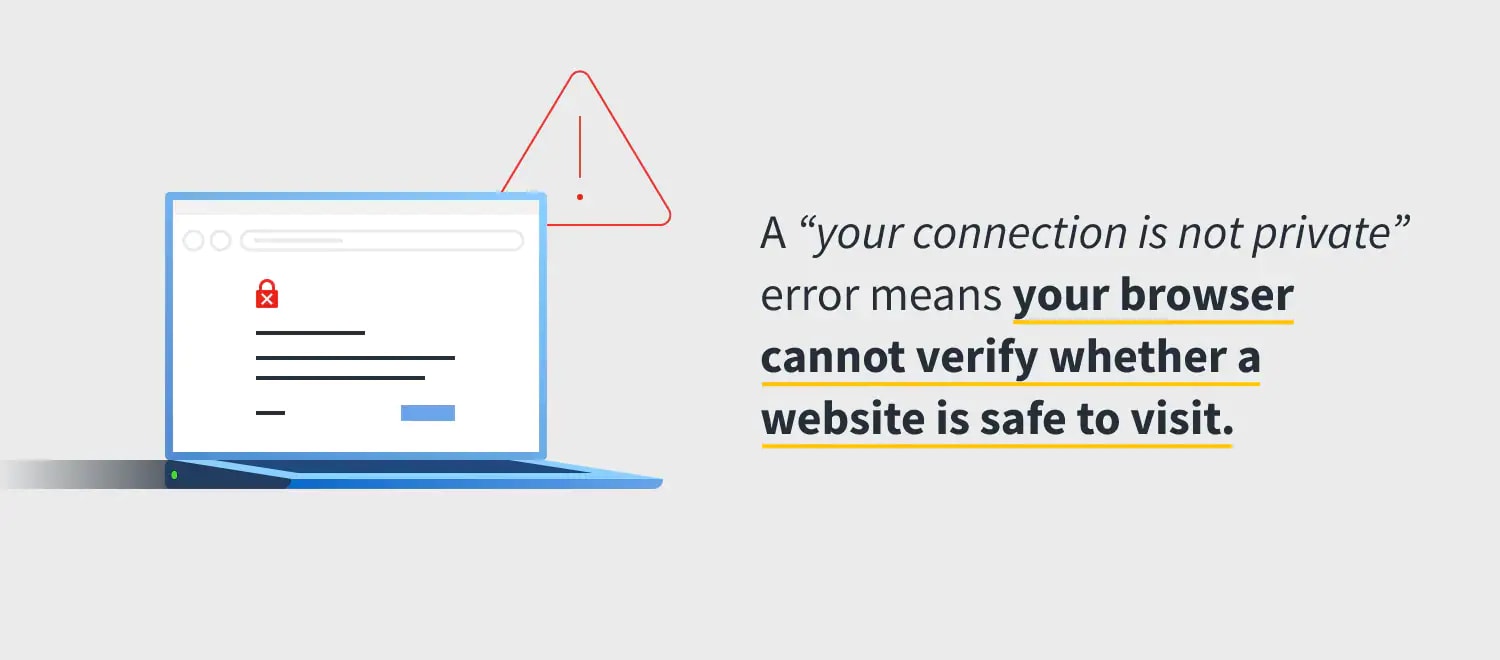Featured
Table of Contents
Vpn Not Connecting? How To Fix This & Other Common ...

The Routing and Remote Access snap-in lives within the Microsoft Management Console, referred to as the MMC. There are several methods to access the MMC. You can select the console from the Start menu's Programs choices, within the Administrative Tools folder within Windows server's Control board or by typing mmc at a command timely.
As Tech, Republic's Brandon Vigliarolo demonstrates within his video at the start of this short article, the Services console shows the status of the Routing and Remote Access entry. From within the Providers console and with the Routing and Remote Gain access to entry highlighted, you can click Start the Service or right-click the entry and choose Restart.
Sometimes the VPN client and VPN server are set to utilizing various authentication approaches. Confirm whether an authentication error is the problem by opening the server console. Another method of accessing the MMC is to type Control+R to open a command prompt in which you can type mmc and struck Go into or click OK.
If the entry isn't present, click File, choose Add/Remove Snap-in, pick the Routing and Remote Access option from the options and click Add, then OK. With the Routing and Remote Gain access to snap-in included, right-click on the VPN server and click Residences. Examine the Security tab to verify the authentication technique.
Vpn Troubleshooting Guide (2023)
Ensure the VPN customer is set to the authentication technique defined within the Security tab. Usually the items simply evaluated are accountable for most VPN connection rejection mistakes.
Each Web-based VPN connection generally uses two various IP addresses for the VPN customer computer. This is the IP address that's used to establish the preliminary TCP/IP connection to the VPN server over the Internet.
This IP address usually has the exact same subnet as the regional network and thus enables the customer to interact with the regional network. When you set up the VPN server, you must set up a DHCP server to designate addresses to clients, or you can develop a bank of IP addresses to designate to clients straight from the VPN server.


If this option is picked and the effective remote access policy is set to permit remote gain access to, the user will have the ability to attach to the VPN. Although I have actually been not able to re-create the scenario personally, I have actually heard rumors that a bug exists in older Windows servers that can cause the connection to be accepted even if the reliable remote gain access to policy is set to reject a user's connection.
Troubleshoot Mobile Vpn With Ssl

Another typical VPN problem is that a connection is successfully developed however the remote user is not able to access the network beyond the VPN server. Without a doubt, the most common reason for this problem is that consent hasn't been given for the user to access the entire network. To enable a user to access the entire network, go to the Routing and Remote Access console and right-click on the VPN server that's having the problem.
At the top of the IP tab is an Enable IP Routing check box. If this check box is made it possible for, VPN users will be able to access the rest of the network, assuming network firewalls and security-as-a-service settings allow. If the checkbox is not selected, these users will have the ability to access just the VPN server, however absolutely nothing beyond.
For instance, if a user is dialing directly into the VPN server, it's generally best to configure a fixed route in between the customer and the server. You can configure a fixed path by going to the Dial In tab of the user's residential or commercial properties sheet in Active Directory Users and Computers and selecting the Apply A Static Path check box.
Click the Add Route button and after that get in the location IP address and network mask in the space provided. The metric must be left at 1. If you're using a DHCP server to assign IP addresses to clients, there are a couple of other problems that might cause users not to be able to go beyond the VPN server.
Vpn Connectivity And Troubleshooting Guide
If the DHCP server designates the user an IP address that is currently in use in other places on the network, Windows will spot the dispute and prevent the user from accessing the rest of the network. Another common issue is the user not getting an address at all. The majority of the time, if the DHCP server can't designate the user an IP address, the connection will not make it this far.
254.x. x range. If the client is appointed an address in a variety that's not present within the system's routing tables, the user will be not able to browse the network beyond the VPN server. Other concerns can contribute to this problem, too. Guarantee the resources the user is trying to gain access to are actually on the network to which the user is linking.
A VPN connection to the other subnet might, in reality, be needed. A firewall program or security as a service solution might likewise be to blame, so do not forget to evaluate those options' settings, if such components are present between the VPN server and the resources the user looks for to reach.
The very first possibility is that one or more of the routers included is performing IP packet filtering. I recommend inspecting the client, the server and any machines in between for IP package filters.
Latest Posts
Best Business Vpn Of 2023
Best Vpn Services Of 2023 - Security.org
The Best Vpns To Protect Yourself Online